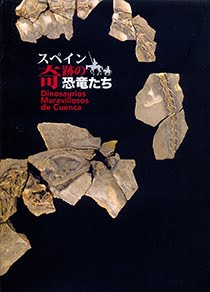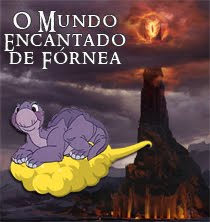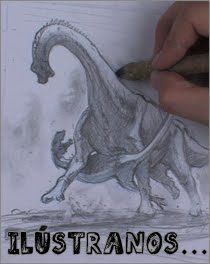Otro de los trabajos sobre tortugas primitivas (Testudinata no atribuibles al grupo corona Testudines) terrestres que ha sido presentado las IX Jornadas Internacionales sobre Paleontología de Dinosaurios y su Entorno trata sobre un taxón reconocido en el yacimiento del Cenomaniense de Algora (Guadalajara, España). El linaje de vertebrados mejor representado en el yacimiento es el de las tortugas, siendo la mayoría del material atribuible a la pleurodira Algorachelus (Bothremydidae). Sin embargo, esta forma acuática no es el único quelonio que ha sido allí identificado. Aunque relativamente escaso, allí está representado un miembro de Helochelydridae. Las campañas de campo celebradas en el último par de años han permitido recuperar nuevos restos de esta forma terrestre primitiva, que ayudan a la mejor comprensión de la especie allí representada, tal como se ha expuesto en este trabajo. Su resumen es el siguiente:
The Spanish palaeontological locality of Algora (Guadalajara) has provided the main concentration of Cenomanian vertebrate macroremains identified in south-western Europe. This faunal ensemble is composed by some vertebrate lineages that were present in the European Lower Cretaceous sites, as well as by others not recognized in the Lower Cretaceous fossil record of the continent. In this way, the information provided through the analysis of the fossil remains found in Algora provides new data to understand, with greater precision, the faunal transition between the European vertebrate faunas of the Lower Cretaceous and those of the uppermost Cretaceous.One of the lineages of turtles found in Algora corresponds to the group of Laurasian stem turtles Helochelydridae. Although the form represented there was attributed to Helochelys danubina, recent studies refuted that attribution, this turtle being identified, in a preliminary way, as aff. Plastremys lata. A new excavation in Algora, carried out in 2021, notably increased the number of remains of this lineage known for the fossiliferous locality. In addition, this campaign provided some hitherto unidentified regions of the shell, as well as elements of the girdles and of the appendicular skeleton previously not found. The new fossils that provide more information from a systematic point of view are presented here, so that the systematic position of the Helochelydrid represented in the Cenomanian palaeontological area of Algora is discussed based on the new evidence.
-----
Más información:




























No hay comentarios:
Publicar un comentario